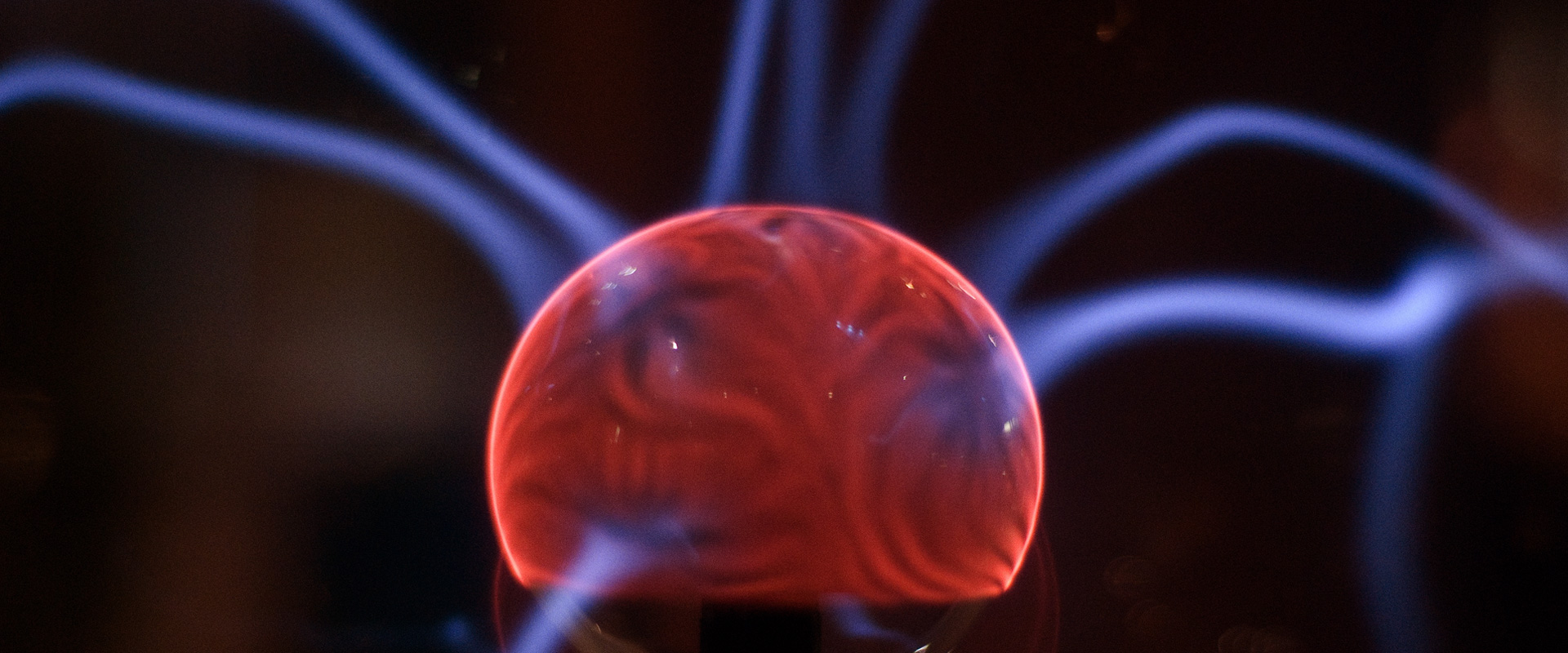Zhang-Peng Chen, Ph.D., Principle Investigator
Email:[email protected]; [email protected]
Research:Neuroimmune mechanism and intervention in epilepsy
Education:
Ph.D., 2013-2018, Mentor: Dr. Jing-Ning Zhu, Nanjing University
B.S., 2009-2013, , Bengbu Medical University, China
Experience:
2024-01 - Now Investigator, Shanghai Jiao Tong University School of Medicine
2023.07-2023.12 Associate research fellow, Nanjing University
2020.12-2023.07 Assistant research fellow, Nanjing University
2018.07-2020.12 Postdoctoral research fellow, Nanjing University
 Zhang-Peng Chen
Zhang-Peng Chen
Epilepsy is an important neurological disease with a prevalence of about 1% in the population. There are nearly 10 million epilepsy patients in China, of which drug-resistant epilepsy (DRE) patients account for 30%, and there is no effective clinical drug. Our group use cutting-edge technologies in neuroscience, such as in vivo electroencephalography, immunomagnetic cell sorting, two-photon calcium imaging, fiber optic calcium recording and patch clamp, to explore the mechanism of the development of important neurological diseases such as epilepsy. We focus on the mechanism of interaction between neuron and glial cell, immune cell and glial cell in temporal lobe epilepsy and other neurological disease accompanied with epilepsy symptom (Nat Neurosci, 2023; Nat Neurosci, 2025; Neuron, in revision;Cell, in revision). Specifically, we focus on the following four aspects:
1) Study the interaction between glial cells and neurons in temporal lobe epilepsy;
2) Carry out the mechanism of interaction between peripheral immune cells and central nervous cells (glial cells) in epileptic brain ( in temporal lobe epilepsy and other neurological disease accompanied with epilepsy symptom);
3) The external environmental stimulus can induce epilepsy, and its mechanism is not clear. We focus on the neural circuit mechanism of external environmental stimulus such as sound and light induced epilepsy.
4) Epilepsy is often accompanied by cognitive and emotional dysfunction, but the comorbidity mechanism remains unclear. We expect to investigate the neural mechanisms of the comorbidities of epilepsy with cognitive impairment and emotional dysfunction.
-
Zhang-Peng Chen#, Xiansen Zhao#, Suji Wang#, Ruolan Cai#, Haojie Ye, Meng-Ju Wang, Shi-Yu Peng, Wei-Xuan Xue, Yang-Xun Zhang, Wei Li, Hua Tang, Tengfei Huang, Qipeng Zhang, Liang Li, Lixia Gao, Hong Zhou, Chunhua Hang, Jing-Ning Zhu, Xinjian Li*, Xiangyu Liu*, Qifei Cong*, Chao Yan*, Microglial control of inhibitory synaptic transmission underlies neuronal network hyperexcitability. Nature Neuroscience, in press, 2025.

-
Zhang-Peng Chen#*, Suji Wang#, Xiansen Zhao#, Wen Fang#, Zhengge Wang, Haojie Ye, Mengju Wang, Ling Ke, Tengfei Huang, Pin Lv, Xiaohong Jiang, Qipeng Zhang, Liang Li, Shu-Tao Xie, Jing-Ning Zhu, Chunhua Hang, Dijun Chen*, Xiangyu Liu*, Chao Yan*, Lipid-accumulated reactive astrocytes promote disease progression in epilepsy. Nature Neuroscience, 26(4):542-554, 2023.

-
Zhang-Peng Chen, Chao Yan, Research Briefing: Abnormal lipid metabolism shapes astrocyte reactivity in patients with epilepsy. Nature Neuroscience, 26(4):535-536, 2023.

-
Zhang-Peng Chen#, Xiao-Yang Zhang#, Shi-Yu Peng, Zhong-Qin Yang, Yan-Bo Wang, Yang-Xun Zhang, Xi Chen, Jian-Jun Wang*, Jing-Ning Zhu*, Histamine H1 receptor contributes to vestibular compensation, Journal of Neuroscience, 39(3):420-433, 2019.

-
Yanbo Wang#, Zhang-Peng Chen#, Huanhuan Hu#, Jieqiong Lei#, Zhen Zhou#, Bing Yao, Li Chen, Gaoli Liang, Shoubin Zhan, Xiaoju Zhu, Fangfang Jin, Rujun Ma, Jun Zhang, Hongwei Liang, Ming Xing, Xiao-Rui Chen, Chen-Yu Zhang*, Jing-Ning Zhu*, Xi Chen* Sperm microRNAs confer depression susceptibility to offspring. Science Advances.7:eabd7605, 2021.

-
Yi Wang#, Zhang-Peng Chen#, Qian-Xing Zhuang#, Xiao-Yang Zhang, Hong-Zhao Li, Jian-Jun Wang*, Jing-Ning Zhu*, Role of corticotropin-releasing factor in cerebellar motor control and ataxia, Current Biology, 27(17):2661-2669, 2017.
Dispatched by Manto M (2017): Motor control: CRF regulates coordination and gait. Current Biology, 27(17):R847-R850.

-
Xin Ding#, Jin Wang#, Miaoxin Huang#, Zhang-Peng Chen#, Jing Liu, Qi-Peng Zhang, Yang Xiang, Cheng-Yu Zhang, Ke Zen*, Liang Li*. Microglial SIRPα negatively regulates synaptic elimination in pathophysiological conditions. Nature Communications, 12(1):2030, 2021.

-
Chenwen Shao#, Zhang-Peng Chen#, Chao Yan* and Yong Qian*. 3D tracking of ferrous iron in the epileptic mouse brain and screening of iron homeostasis regulators with a two-photon fluorescent probe. STAR Protocols, 3(3):101522, 2022.

-
Ming Hou, Suji Wang, Dandan Yu, Xinyi Lu, Xiansen Zhao, Zhang-Peng Chen*, Chao Yan* Cannabidiol prevents depressive-like behaviors through modulation of neural stem cell differentiation. Frontiers of Medicine, 16(2):227-239, 2022.

-
Shuming Li*, Huan Liu, Pin Lv, Yu Yao, Liangyu Peng, Tianjiao Xia, Chao Yan, Zhengliang Ma, Zhang-Peng Chen*, Chunjie Zhao*, Xiaoping Gu*, Microglia mediate memory dysfunction via excitatory synaptic elimination in a fracture surgery mouse model. Journal of Neuroinflammation, 16;21(1):227, 2024.

-
Haojie Ye#, Yuhui Wan#, Xin Wang, Suji Wang, Xiansen Zhao, Xinshi Wang, Tianfu Yu, Chao Yan*, Xin Tian*, Zhang-Peng Chen*, Xiangyu Liu*, Cannabidiol protects against neurotoxic reactive astrocytes-induced neuronal death in mouse model of epilepsy. Journal of Neurochemistry, 169(3):e70038, 2025.











 Location:
Location:
